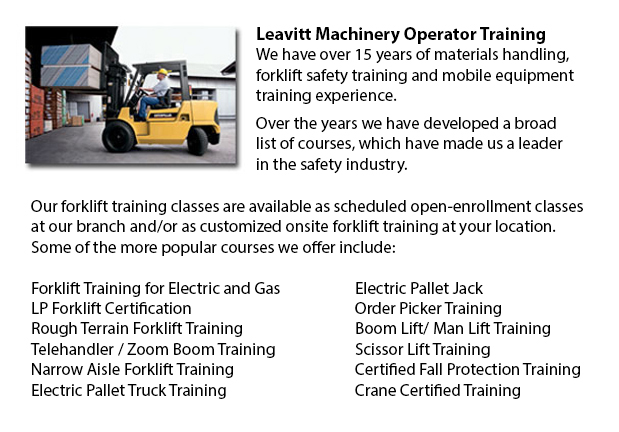
Hyster is now a world leader in lift trucks as well as warehousing solutions. However, it started as a manufacturer of lifting machinery as well as winches. Most of its production was concentrated in the northwest United States and dealt primarily with the timber and logging industry. A couple years after the first forklift trucks were invented Hyster became synonymous with quality manufacturing. Over the preceding eighty years Hyster has continued to expand and increase its product line. The expansion of its products coupled with its wish to stay service oriented has allowed Hyster to grow into the worldwide player it is now.
The 30 years between 1940's and the 1960's saw a enormous evolution in the amount of products offered under the Hyster brand name. In 1946, Hyster opened a plant in Illinois that was completely devoted to bulk producing trucks. This allowed Hyster to force its costs down and, at the same time, offer a better quality product at industry competitive prices. In 1952, Hyster began its first foray in to the international production market through opening its first plant in the Netherlands. The Netherlands plant was originally designed to produce two products: Hyster 40" and the Karry Kranes.
Hyster, along with the entire forklift industry, continued to spread out into different product lines throughout the 1950's and 60's. They started constructing container handlers in the United states in 1959 to satisfy the ever expanding demand for transportation goods. In 1966, Hyster developed a means for allowing a lift truck to go both ahead and backwards using the same pedal. This pedal was called the Monotrol pedal, which revolutionized the industry. Later on in the decade Hyster opened a R and D centre in Oregon that was focused on improving the design and performance of forklifts. The centre is still one of the world's greatest testing facilities in the materials handling industry.
As demand for materials handling equipment continued to expand swiftly during the 1960's, Hyster considered it necessary to reorient its concentration towards these new mass markets. As a consequence, in 1970, the XL design philosophy was born. The XL design philosophy allowed Hyster to afford superior quality at a more reasonable price. A further expansion in production capabilities was necessitated by the need in Europe for Internal Combustion Engine Trucks. To plug this gap, a plant in Craigavon, Ireland was opened in 1980. Through the eighties Hyster continued to focus on developing industry leading lift trucks. The Hyster brand name was recognized throughout the globe for its commitment towards superiority. This attention to excellence produced numerous suitors for the business. In 1989, a large international business based in Ohio called NACCO Industries bought Hyster and started an aggressive expansion strategy. NACCO promptly replaced the XL philosophy with a more driver oriented truck that concentrated on operator comfort, which is known as the XM generation of lift trucks.
The shift in supply change management to a much more just-in-time focused structure has meant that Hyster has had to constantly invest in new-found technologies. Acquisitions and investments were made in the United States, Italy, Netherlands, and a lot of other places throughout the globe. All of these investments have made Hyster a international leader in the forklift market. Recently, Hyster celebrated its eightieth anniversary as an industry leader of materials handling equipment, which includes more than 300 different models of lift trucks.
-
Aerial Lifts
Aerial lift trucks are able to accommodate many odd jobs involving high and tricky reaching places. Often utilized to carry out routine preservation in structures with elevated ceilings, trim tree branches, raise heavy shelving units or mend phone li... More -
Rough Terrain Forklifts
There are actually two different classifications of lift trucks within the material handling industry, the industrial model and the rough terrain model. Rough terrain lift trucks first came on the marketplace in the 1940's and had been primarily util... More -
Reach Trucks
Reach Trucks are mechanized equipment utilized for loading and storage in certain firms that maintain storage of cargo to finished goods on a pallet which are then inserted into lofty shelving units. This loading machine helps corporations safely and... More -
JLG Telehandler
After retiring in the late 1960's, John L. Grove started on a cross country RV voyage. After spending numerous years establishing his family built crane company with his brother, John had no idea that this trip would give birth to the rise of JLG Ind... More -
Crown Forklift
More

Forklift Certification Nanaimo
TOLL FREE: 1-888-254-6157
Nanaimo, British Columbia
forkliftcertificationnanaimo.com
Email Us
About Us


